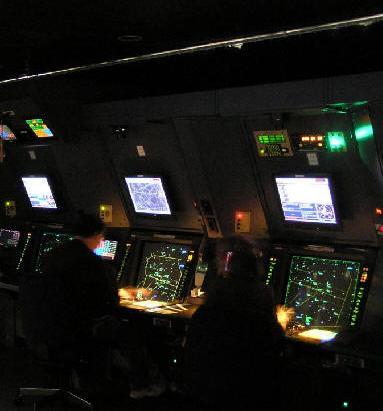 |
|
|
|
|
|
|||
|
By |
||||
 |
April 26, 2010 -
As part of the Federal Aviation Administration’s (FAA) plan to modernize
the national airspace system, controllers in the
“This new
technology is a tremendous leap forward in transforming the current air
traffic control system,” said FAA Administrator Randy Babbitt. “The
operational benefits in
Called Automatic
Dependent Surveillance-Broadcast (ADS-B), the new system is a core
technology under the Next Generation Air Transportation System (NextGen).
By using ADS-B, air traffic controllers have more precise information
while separating aircraft in the sky and on the runways, leading to
greater efficiency and safety benefits. Controllers who have access to
ADS-B receive one-second update rates compared to four-and-a- half
second update rates with radar. |
|||
|
|
||||
|
Potentially, they
will be able to reduce separation in the en route environment from the
current five nautical miles to three, saving both time and money for the
airlines while reducing the carbon footprint. Pilots flying aircraft
equipped with ADS-B know precisely where they are and are able to see
other properly equipped aircraft. They also have access to better
information on area weather and receive flight information
electronically, such as airmen notices and temporary flight
restrictions.
ADS-B coverage at |
||||
